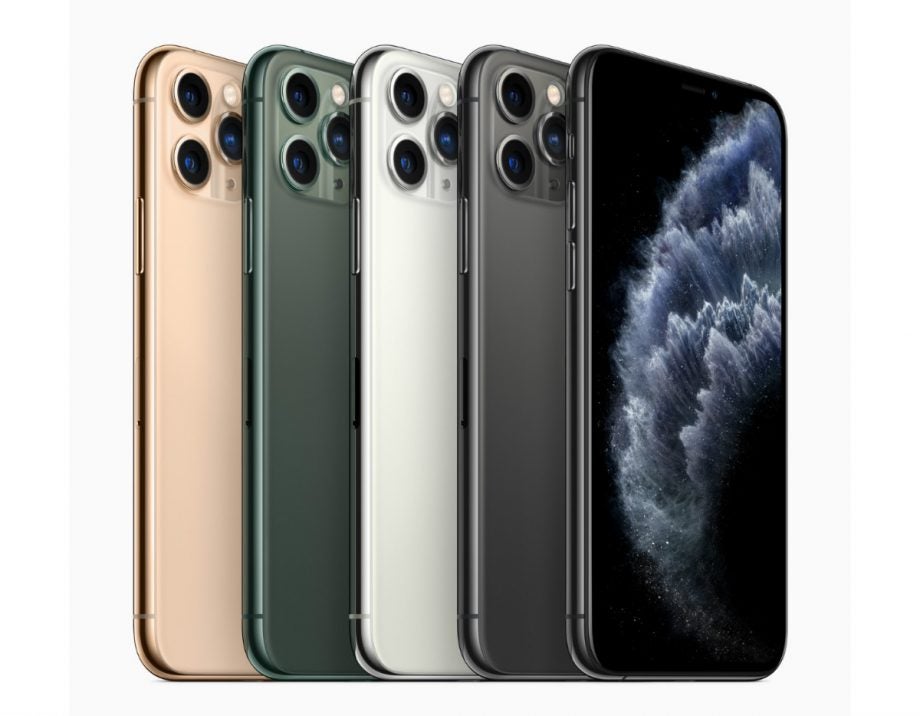The Galaxy S11 and iPhone 12 need to be cheaper: The data proves it

Smartphone prices have been gradually going up and up in recent years, as phones get smarter and offer better cameras and features. Now, it seems, people have had enough of the price hikes.
New data from industry analysts, the NPD Group, suggests that less than 10% of US consumers are spending over $1000 on a new smartphone. That 10% of consumers will likely be the target market for new, 5G devices, which will be coming to market over that $1000 price barrier.
The main offenders are Apple and Samsung, a glance at their current range and you’ll spot some pretty hefty price-tags. The iPhone 11 Pro comes in at £1049. Meanwhile Samsung’s Galaxy Note 10 Plus is £999.
NPD’s new mobile phone tracking used advertising tech to track phones interacting with the USA’s ad-server network. This provided data on which phones were in circulation, how large the market is and regional trends. The data they collected showed that only a small proportion of consumers are willing to fork out for the top-performing smartphones.
People are keeping phones longer too, thanks to competitive updates. The high-price of the best handsets is also sure to impact on this. Spending £1000 on a phone probably doesn’t make you feel like it’s disposable.
Brad Akyuz, Executive Director of NPD Connected Intelligence, said: “Consumers are holding onto their smartphones for longer periods, which has presented a challenge for the smartphone market… Manufacturers and carriers are expecting 5G to help reinvigorate the upgrade cycle, but pricing could present another hurdle.”
Predictably, the data also showed that the richest areas in the US were the most likely to purchase top-end phones. Consumers in New York and LA were the most likely to purchase a phone over $1000. These markets will be targeted by phone companies then, as they roll-out expensive 5G handsets. 73% of US consumers are now aware of 5G, compared to 44% at the end of Q2 2018.
The top ten designated market areas (DMAs) account for 39% of $1000+ smartphones, according to NPD.
Akyuz was keen to note that only a small proportion of smartphone buyers can even consider these top-end phones. He said: “Overall awareness and purchase intent reported by consumers is high, but only a small segment of the market can afford these $1,000+ devices. This provides an opportunity for both carriers and manufacturers to focus on diversifying their 5G portfolios by introducing more affordable mid-tier 5G models to enjoy faster adoption rates.”
While it’s not a huge surprise that not all consumers want to, or can afford to, pay over $1000 for a phone, it is something that phone companies need to bear in mind. Manufacturers will keep making these top-end handsets, you can be sure. They’re used to show off the technical capability of the given manufacturers and designers and, as the technologies and features in those phones matures, it trickles down into less expensive handsets.
Some companies are already doing their bit to offer smartphones that won’t take a huge chunk out of your bank account. HMD Global, for example, recently launched the new Nokia 2.3. It’s hot a stunning two-day batter life and costs just €109 (we expect it to cost £99.99 in the UK).
Related: The Nokia 2.3 has a two-day batter life and it’s really cheap
Conversely, Fairphone is basing its business model on another idea: Consumers will spend money on phones, but are increasingly environmentally conscious and want to make responsible purchases. Their Fairphone 2 is ethically manufactured and it easy to upgrade and repair. This is meant to cut down on waste and avoids fueling sweat-shop-esque manufacturing industries overseas.
The handset is mid-ranged in price, at £413, but that’s expensive for what you’re actually getting. If Fairphone’s promise of continual upgrades and repairs works out though, it could become a worthwhile investment. Only time will tell.
Related: Should you buy the Fairphone 2?
With NPD’s data in mind, it will be interesting to see which one of these trends becomes the most marked in the next couple of years. Will we see prices continue to rise or, as their data suggests, have consumers had enough of expensive phones?
Conversely, could we see cheap handsets like the Nokia grow in popularity? Or a takeover from sustainable phones, in a world that is increasingly interested in ethical shopping and sustainability? Watch this space for developments.


